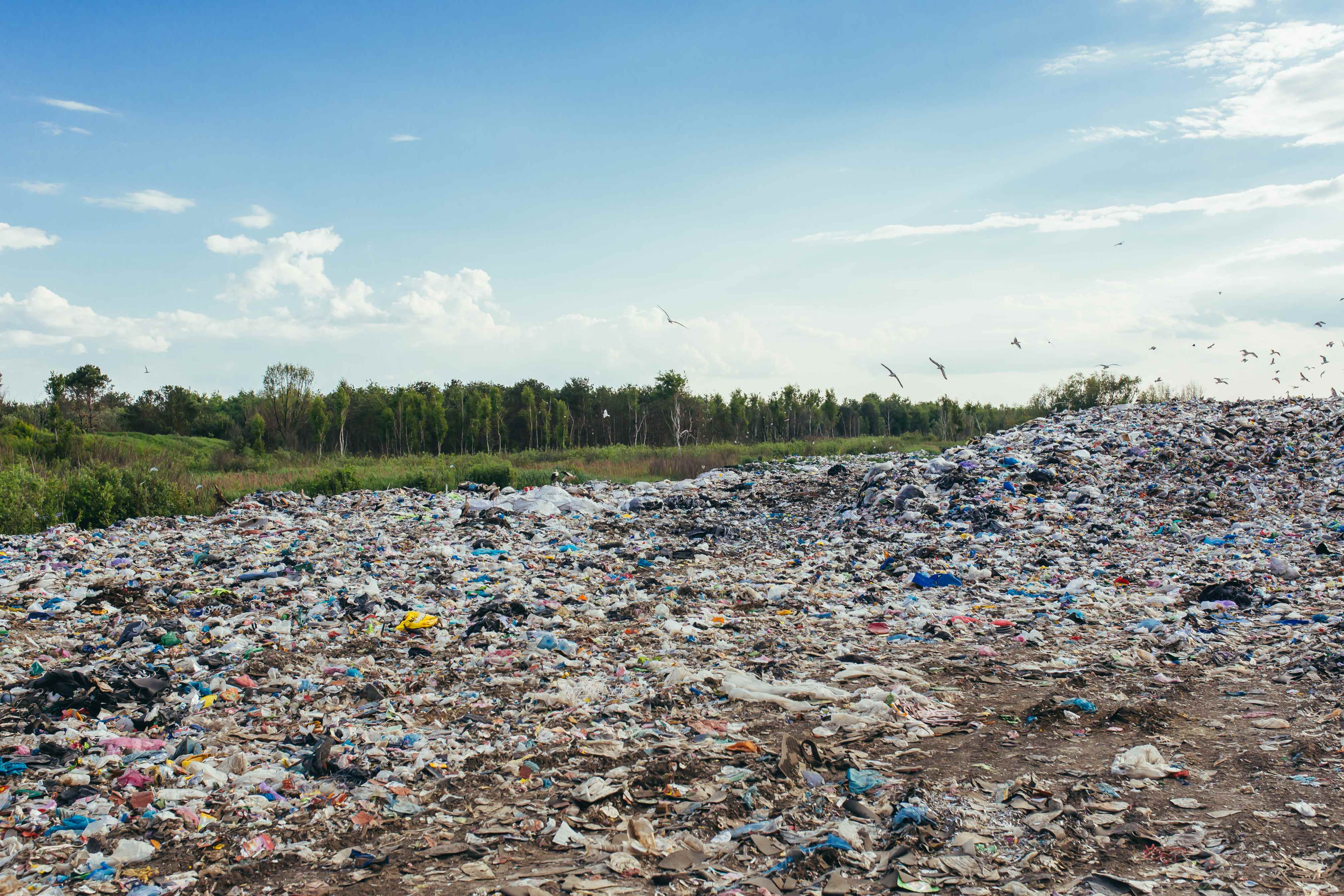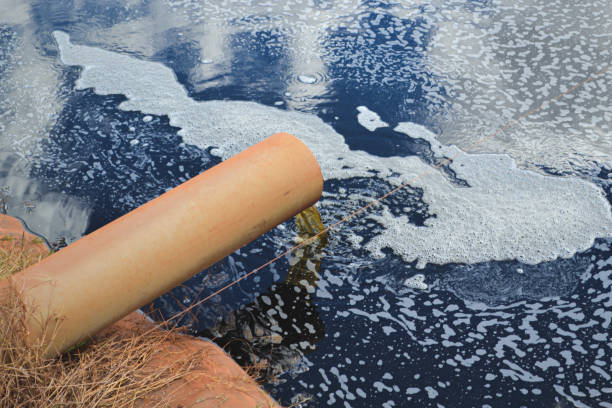What is landfill leachate?
Landfill leachate is defined by ScienceDirect.com as a liquid that enters the landfill from external sources such as rainfall, surface drainage, underground springs and groundwater, and from the liquid produced from the putrefaction of waste
Our Unique Solution
Our technology can provide a solution to treat landfill leachate to the extent that it can be safely re-used or discharged directly into a waterway without the need for additional treatment steps, i.e.; shipping the leachate to an approved Publicly Owned Treatment Works (POTW).


The parameters typically used to monitor the quality of landfill leachate are COD, BOD, pH, dissolved and suspended solids, nitrates and Total Kjeldahl Nitrogen (TKN), heavy metals, halides, etc. As one would expect, the leachate composition varies significantly from landfill to landfill, a function not only of the landfill contents but its age, temperature at the site, humidity / precipitation, etc. leachate COD can vary orders of magnitude: i.e.; 100 mg/l to 70,000 mg/l and beyond. The BOD/COD ratio may range between 0.70 to 0.04, these values decrease with the landfill age. The typical leachate pH may range 5,5 – 8,5 and TKN can range between 0,2 – 13,000 mg/l, with younger landfills generally having higher TKN values.

